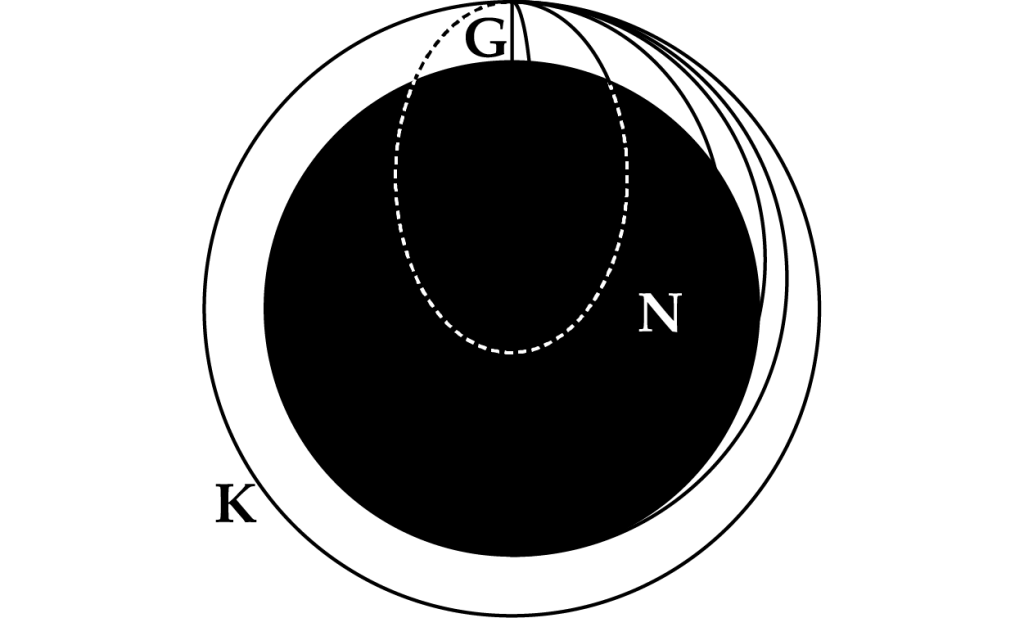One of my favorite illustrations is the cannon thought experiment from volume three of Isaac Newton‘s Principia Mathematica. Johannes Kepler argued that planets orbit elliptically with Sol at one focus. Galileo Galilei argued that terrestrial bodies fall parabolically in space and time. Living in the next generation and standing on their shoulders, Newton realized that Kepler’s ellipses and Galileo’s parabolas were extremes of the same continuum, the Newtonian synthesis, which he dramatized by imagining a cannon on a tall mountain shooting cannon balls at increasing horizontal speeds: a falling apple orbits Earth (but collides with its surface); the orbiting Luna falls toward Earth (but its tangential velocity prevents a collision).

In Newton’s famous thought experiment, subsuming both Galileo and Kepler, cannonballs shot at ever increasing horizontal speed eventually fall around Earth.

Low-resolution photograph of page 6 volume 3 of Newton’s Principia, as it appears in the Voyager interstellar record now en route to the stars.

Thanks, Mark! I enjoy reading your posts as well.